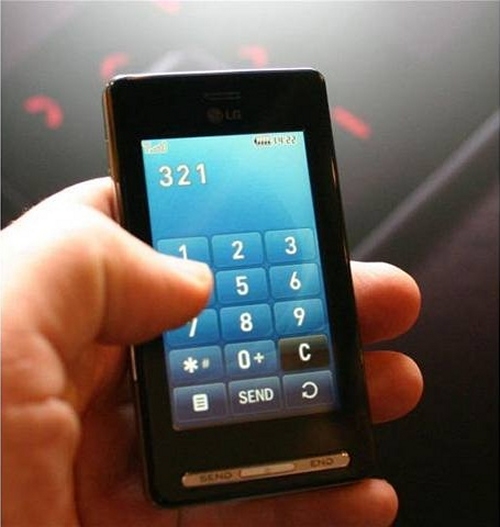
Do you ever think how your touch screen phone has been built? How could you use your small little fingers to tap on it?
Touchscreens have become commonplace since the invention of the electronic touch interface in 1971 by Dr. Samuel C. Hurst. They have become familiar in retail settings, on point of sale systems, on ATMs and on PDAs where a stylus is sometimes used to manipulate the GUI and to enter data. The popularity of smart phones, PDAs, portable game consoles and many types of information appliances is driving the demand for, and the acceptance of, touchscreens.
The HP-150 from 1983 was probably the world's earliest commercial touchscreen computer. It actually does not have a touchscreen in the strict sense, but a 9" Sony CRT surrounded by infrared transmitters and receivers which detect the position of any non-transparent object on the screen.
Touchscreens are popular in heavy industry and in other situations, such as museum displays or room automation, where keyboards and mouse do not allow a satisfactory, intuitive, rapid, or accurate interaction by the user with the display's content.
Historically, the touchscreen sensor and its accompanying controller-based firmware have been made available by a wide array of after-market system integrators and not by display, chip or motherboard manufacturers. With time, however, display manufacturers and System On Chip (SOC) manufacturers worldwide have acknowledged the trend toward acceptance of touchscreens as a highly desirable user interface component and have begun to integrate touchscreen functionality into the fundamental design of their products.



No comments:
Post a Comment